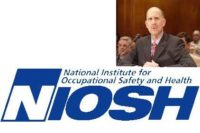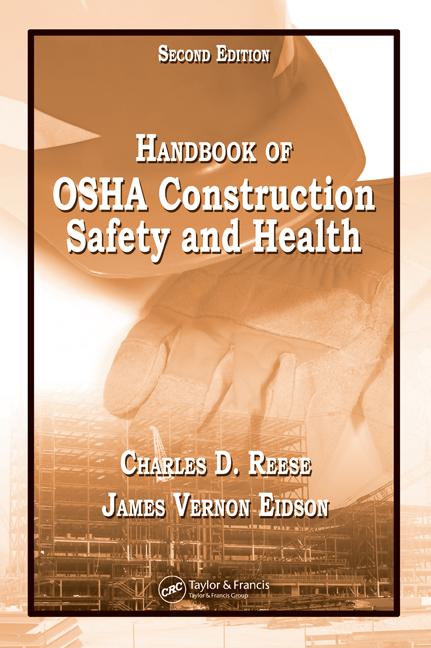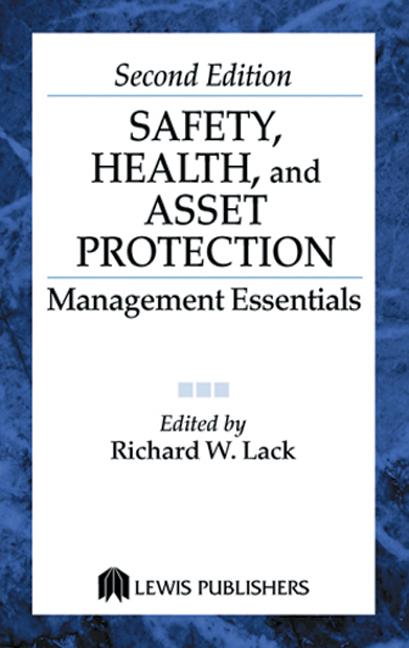Divisions between safety and health increase parochialism and create different “languages” among groups and enormous waste from disparate processes and standalone systems. Training needs are not communicated, critical safety information is not transmitted, and cooperation is stymied by differences of opinion. This makes no sense. Both functions deal with the health and well-being of the workforce, with health costs, compensation, and lost-time issues, and both mitigate risk. Division between the two functions loses sight of the big picture.
Straightening reporting lines also makes sense from an administrative perspective. A single C-level executive in charge of both functions helps ensure that efforts are coordinated and not redundant. This leads to less wasted time and money.
A safe and healthy workforce is profitable. A single injury cost can accrue quickly when direct and indirect expenses are considered. A singular communication channel allows for one, high-level role to be ultimately and clearly accountable — ideally resulting in problems more quickly unearthed and addressed.
Integrating functions is crucial to individual companies, and to the success and relevance of the health and safety professions. The status quo only diminishes that relevance as business moves into more comprehensive worker wellness initiatives. The walls need to come down.






